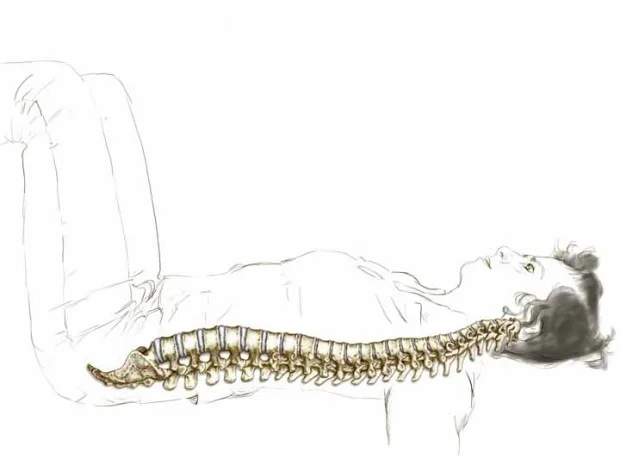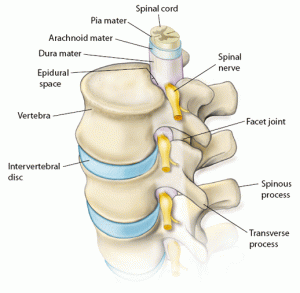Sitting with Pelvis Support
/When you’re feeling self-confident and assertive, there’s an automatic uplift to your chest, spine and neck—your posture automatically organizes itself for the better. But no one feels terrific all the time, right? By teaching yourself the physical sensations that correspond to a good mood, you can use your body-mind connectivity to good advantage. Body awareness helps you cultivate positive outlooks in humdrum situations…
Read More













